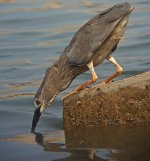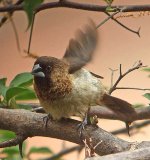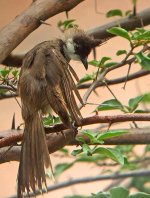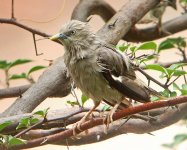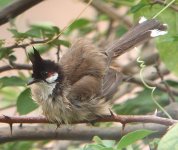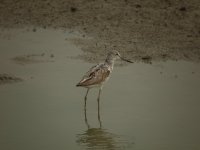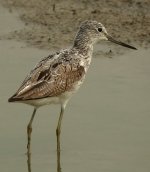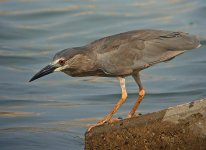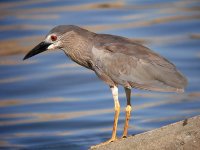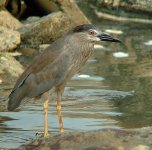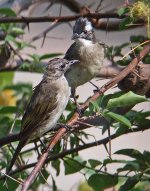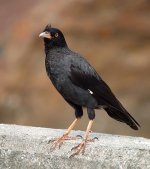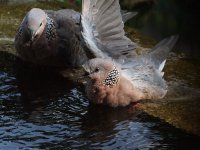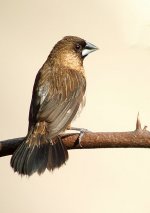The main advantage of the F30 is the high speed (iso 100 - 3200 ) , low noise sensor, but another interesting feature is the First 3/Last 3 frames . I thought I would test the Last 3 feature today. This enables you wait for action to happen with the shutter pressed all the way down and the camera starts shooting , but not recording, at 2.2 frames/sec up to 40 frames. When the anticipated action starts happening you release the shutter and the camera records the last 3 frames only. I tried it out on my favorite night heron this morning. Unfortunately there were no fish around for him today so I couldn't capture that but he did strike several times and I got this frame. By selecting iso400 you would also be able to freeze the action with shutter speeds up to 1/2000th of a second. Useful for birds arriving/leaving perches/feeders or moving around on the ground and walking into the frame. It might also be useful for hand-held flight shots which I'll try tomorrow if the heat's not too much .
Neil
Fujifilm Finepix F30 plus Swarovski STS80HD scope and Sw22x eyepiece and Scopetronix EZ-Pix Adapter
Lamma Island,
Hong Kong,
China.
July 2006
Neil
Fujifilm Finepix F30 plus Swarovski STS80HD scope and Sw22x eyepiece and Scopetronix EZ-Pix Adapter
Lamma Island,
Hong Kong,
China.
July 2006




